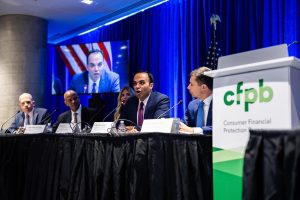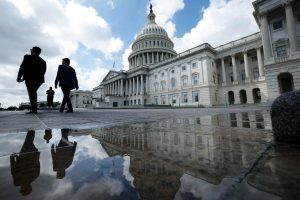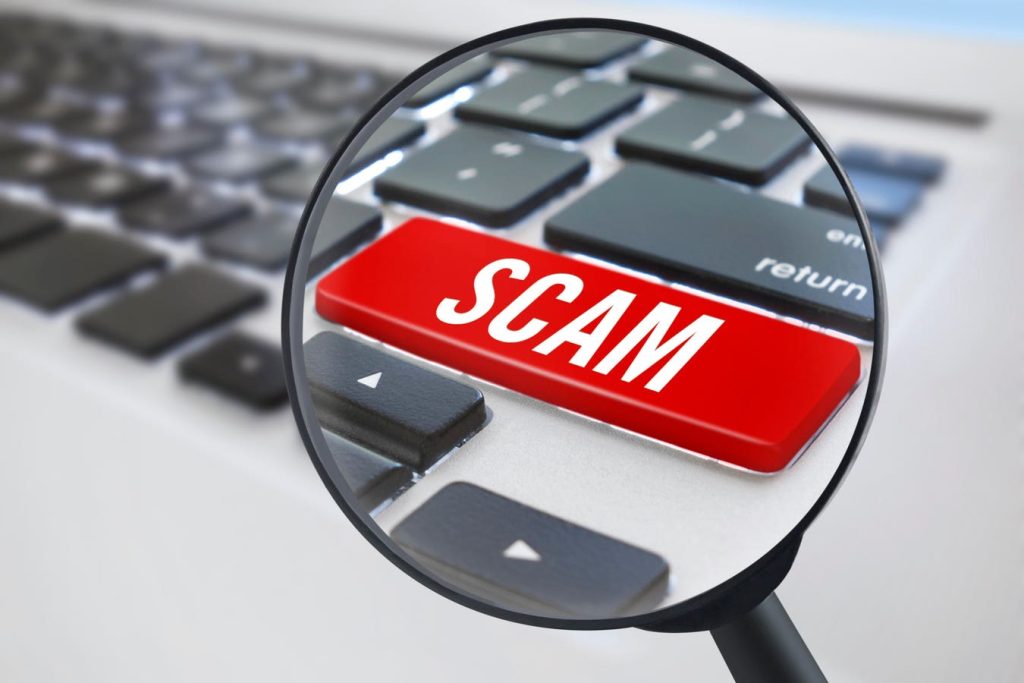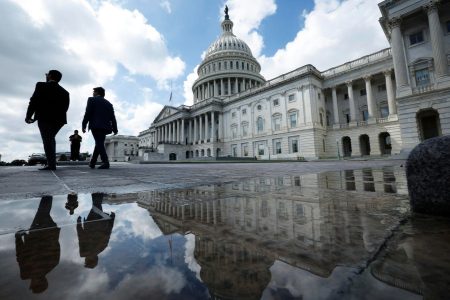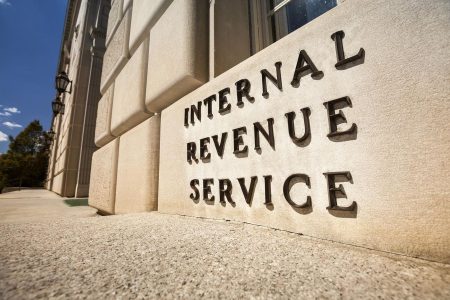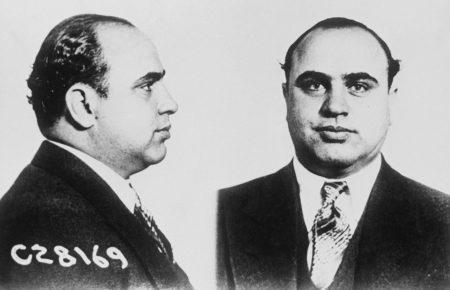The IRS is warning taxpayers about a series of tax scams and inaccurate social media advice that led thousands of taxpayers to file inflated refund claims during the past tax season. The most recent alert focuses on scams targeting the Fuel Tax Credit, the Sick and Family Leave Credit, and household employment taxes. The IRS is freezing those refunds and urging other taxpayers to avoid these scams.
Fuel Tax Credit
The fuel tax credit is claimed for various nontaxable uses of fuel, including farming and off-highway business use. It’s largely designed for off-highway business and farming use—that necessarily means that most taxpayers don’t qualify for the credit.
Off-highway business use is defined as any off-highway use of fuel in a trade or business or in an income-producing activity where the equipment or vehicle is not registered with the state government and is not required to be registered for use on public highways. Examples include stationary machines such as generators, compressors, power saws, and similar equipment; vehicles for cleaning purposes; and forklift trucks, bulldozers, and earthmovers.
In contrast, a highway vehicle is any “self-propelled vehicle designed to carry a load over public highways, whether or not it is also designed to perform other functions.” A public highway includes any road in the United States that is not a private roadway, including federal, state, county, and city roads and streets. Highway vehicles, which include passenger automobiles, motorcycles, buses, and highway-type trucks and truck tractors, are not eligible for the fuel tax credit.
To be eligible for the credit, taxpayers need a business purpose and, as noted in section 6421(a), a qualifying business activity such as running a farm or purchasing aviation gasoline. The credit is most often claimed on Form 4136, Credit for Federal Tax Paid on Fuels.
As part of the fuel tax credit scam, a third party convinces taxpayers to fraudulently claim the credit to get a large refund. Sometimes, the credit is clearly fraudulent, with taxpayers claiming to have purchased and exported large quantities of fuel overseas. These customers may be described as “OTR” (over-the-road) truck drivers and “long-distance” truckers (remember, those taxpayers don’t qualify for the credit). In other instances, those on social media make bogus claims, suggesting you can claim the credit in conjunction with routine business mileage. While a business mileage deduction is available for the use of a vehicle in your business, it is very different from the fuel tax credit—you don’t qualify for the credit simply by buying gas at the pump.
Taxpayers contemplating participating in any questionable tax scheme such as this should be aware the IRS has increased its compliance efforts related to falsely claiming these credits. IRS processing systems, including new identity theft screening filters, are now stopping a significant number of suspicious fuel tax credit refund claims.
If you have questions about whether you would qualify for the credit (remember, most taxpayers do not), ask a qualified tax professional for information.
Credits for Sick Leave and Family Leave
As part of pandemic relief, under the Families First Coronavirus Response Act (FFCRA), eligible employers are entitled to tax credits for wages paid for certain leave taken by employees related to the pandemic. And, under sections 3131 and 3132, tax credits for paid sick leave and family leave are also available to self-employed taxpayers. These tax credits are intended to help taxpayers recover from days of work missed due to Covid illness, quarantine, or family care absences. Notably, these credits for self-employed individuals were only available for 2020 and 2021 during the pandemic—the credits are not available for 2023 tax returns.
The refundable credits are worth up to $5,110 for qualified sick leave wages and up to $12,000 for qualified family leave wages, but they cannot exceed your self-employment earnings. If you didn’t claim them on your original return, you can file an amended return (though the windows on those statute of limitations are quickly closing).
The IRS is seeing repeated instances where taxpayers incorrectly claim the credits based on income earned as an employee, not a self-employed individual. That doesn’t qualify under the statute. The scheme also has another level—focused on household employment taxes.
Household Employment Taxes
Household employees like babysitters, cleaners, and gardeners are subject to taxes—these taxes are often referred to collectively as “nanny taxes.” A worker doesn’t have to be a full-time employee to be considered a household employee, but there is a distinction between work performed in your household as an employee and services performed as an independent contractor.
If you hire a household employee and pay more than $2,700 in cash wages during the year (the threshold for 2024), you’re responsible for remitting payroll taxes. Those amounts are the same as any other employee—Social Security taxes ring in at 6.2%, and Medicare taxes are 1.45% on the employee side (totaling 7.65%)—and the employers pay a matching amount.
As part of a scheme related to household employment taxes, taxpayers “invent” fictional household employees and then file Schedule H, Household Employment Taxes, to claim a refund based on false sick and family medical leave wages they never paid.
IRS Positions and Next Steps
“These improper claims have been fueled by social media and people sharing bad advice,” Werfel said. “Scam artists constantly prey on people’s hopes and try to use the complexity of the tax system to convince people there are secret ways to get a big refund. These three credits illustrate that it’s important to carefully review the tax return for accuracy before filing and rely on the advice of a trusted tax professional, not some fly-by-night preparer or a questionable source they hear on social media.”
If you claimed these credits, the IRS encourages you to check to see if the preparer signed the tax return. When tax preparers don’t sign a tax return—a mark of so-called “ghost tax preparer”—it is a red flag that the taxpayer is being misled.
If the IRS flags any of these claims, the agency will freeze your refund—your entire refund amount is frozen on returns with these bad claims. That means you will not receive any portion of your refund, even if you claimed legitimate credits.
The IRS will also send you a letter asking you to verify your identity and confirm that you qualify for the credits (you may need to submit documentation to prove your claim is legitimate). The most likely letter is IRS Notice 3176c, which applies to potentially frivolous tax returns and includes incorrect claims for Fuel Tax Credits, Sick and Family Leave Credits, and household employment taxes.
If you haven’t been flagged but realize that you improperly claimed these credits, you may need to amend your tax return. If you claimed the credits but didn’t qualify, you risk a penalty of up to $5,000 per return for filing a frivolous claim—and a risk of an audit. Those who knowingly filed a false tax return also face potential criminal prosecution.
“Scam artists and social media posts have perpetuated a number of false and misleading claims that have tricked well-meaning taxpayers into believing they’re entitled to big, windfall tax refunds,” said IRS Commissioner Danny Werfel. “These bad claims have been caught during our fraud review process. Taxpayers who filed these claims should realize they’ve been tricked, and they face an extensive review process and a long potential wait if they’re owed a refund for other things.”
The IRS continues to urge taxpayers to avoid these scams—especially those on social media—hyping a huge refund. If you have questions, it’s always a good idea to contact a qualified tax professional for assistance.
Read the full article here



